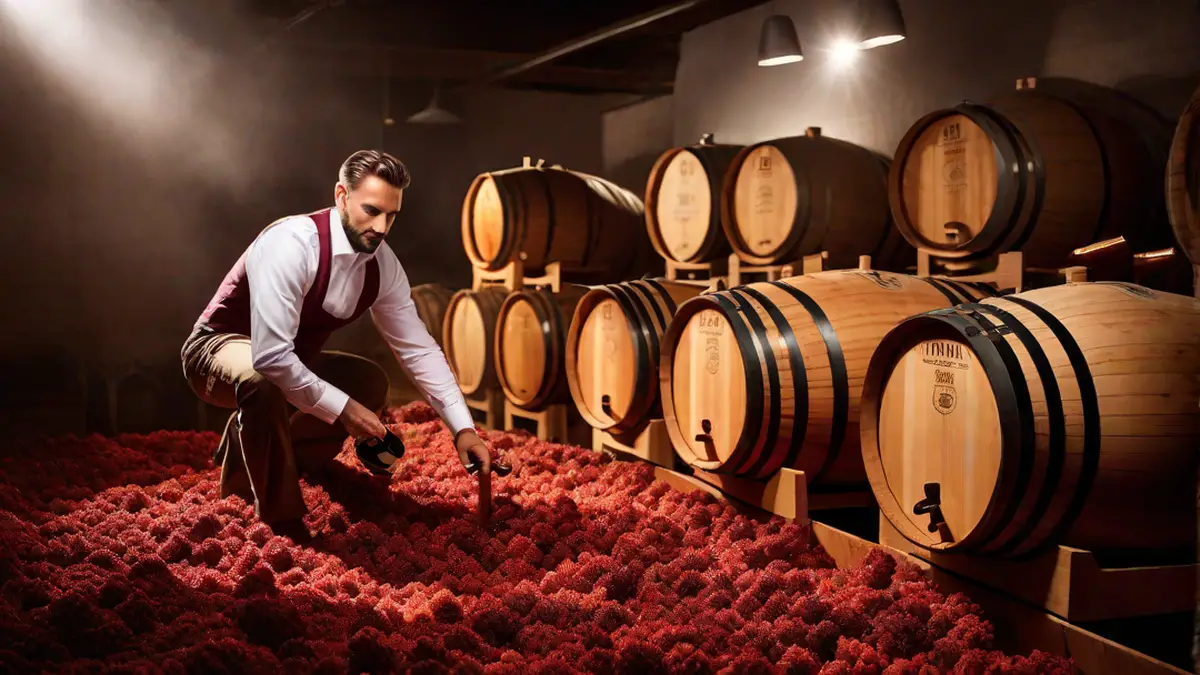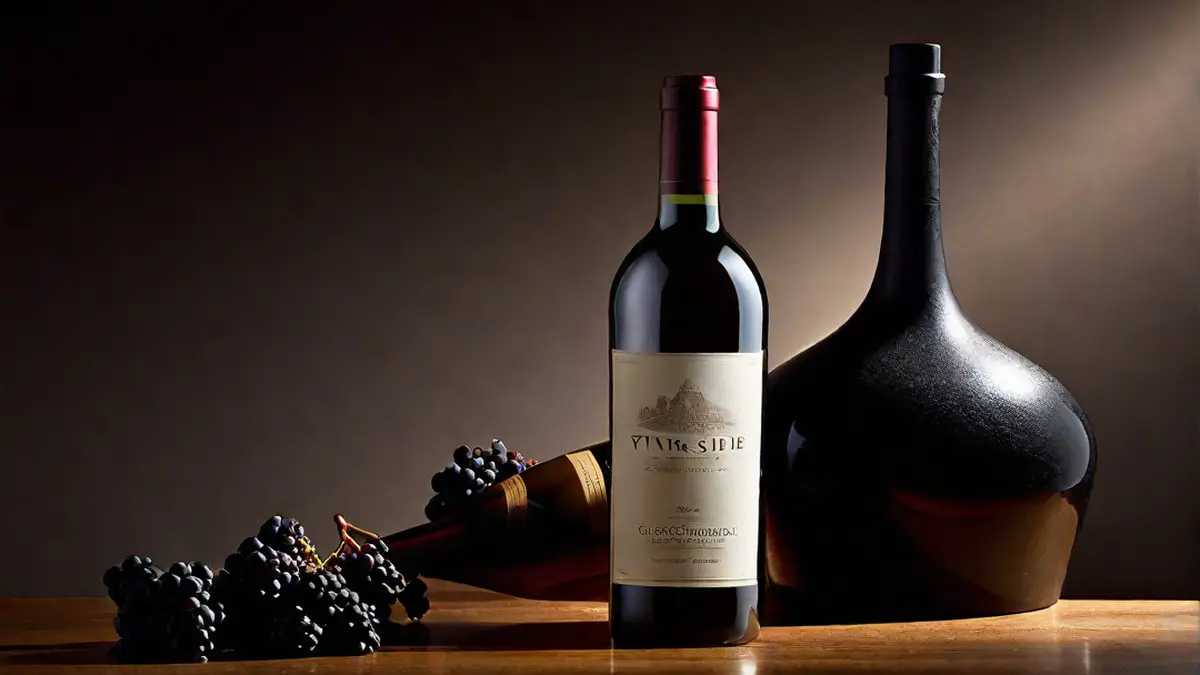Savoring a glass of wine involves mastering the skill of serving it in the perfect quantity. Being a passionate wine lover, I frequently contemplate the classic query: what is the ounce equivalent of 750 ml of wine? Let’s dive into this matter and unravel the complexities surrounding wine measurements.
The Basics: Understanding Wine Measurements
First and foremost, it’s essential to grasp the fundamentals of wine measurements. In the world of wine, the standard bottle size is 750 ml, which is equivalent to 25.4 fluid ounces. This measurement applies to most wine bottles, whether they contain red, white, or sparkling wine. As I uncork a new bottle of wine, I can’t help but appreciate the precision that goes into ensuring a consistent serving size across various wine varietals.
The Conversion Conundrum
As a wine lover, I’ve encountered instances where a recipe or serving suggestion calls for wine in ounces rather than milliliters. Understanding the conversion between milliliters and ounces is crucial for achieving the perfect balance in both culinary creations and wine pairings. When faced with the 750 ml question, it’s important to remember that 750 ml translates to 25.4 fluid ounces. This knowledge has served me well, whether I’m following a recipe for a savory wine reduction or simply determining the ideal pour for a social gathering.
Practical Application: Serving and Enjoying Wine
As I pour myself a glass of wine, I’m mindful of the 750 ml measurement and the corresponding ounce equivalent. With this knowledge, I can accurately gauge a standard serving size of 5 ounces, allowing me to savor the wine’s aroma and flavors without overwhelming my palate. Additionally, understanding the 750 ml measurement empowers me to portion out wine for guests, ensuring that everyone can enjoy a perfectly sized pour.
Personal Touch: Exploring Wine Varietals
One of the joys of understanding wine measurements is the ability to appreciate the diversity of wine varietals. Whether I’m indulging in a rich Cabernet Sauvignon or sipping on a crisp Sauvignon Blanc, the 750 ml measurement remains a constant companion in my wine journey. It’s fascinating to consider how this single measurement unites the vast array of wines that grace my cellar and my table.
Conclusion
As I conclude this exploration of the 750 ml wine measurement, I’m reminded of the meticulous precision and delightful experiences that define the world of wine. From the nuanced conversions to the practical applications, the 750 ml measurement serves as a cornerstone of my wine appreciation. Whether in ounces or milliliters, this measurement guides me as I uncork, pour, and savor each glass of wine, adding an extra layer of depth to my oenophilic pursuits.




